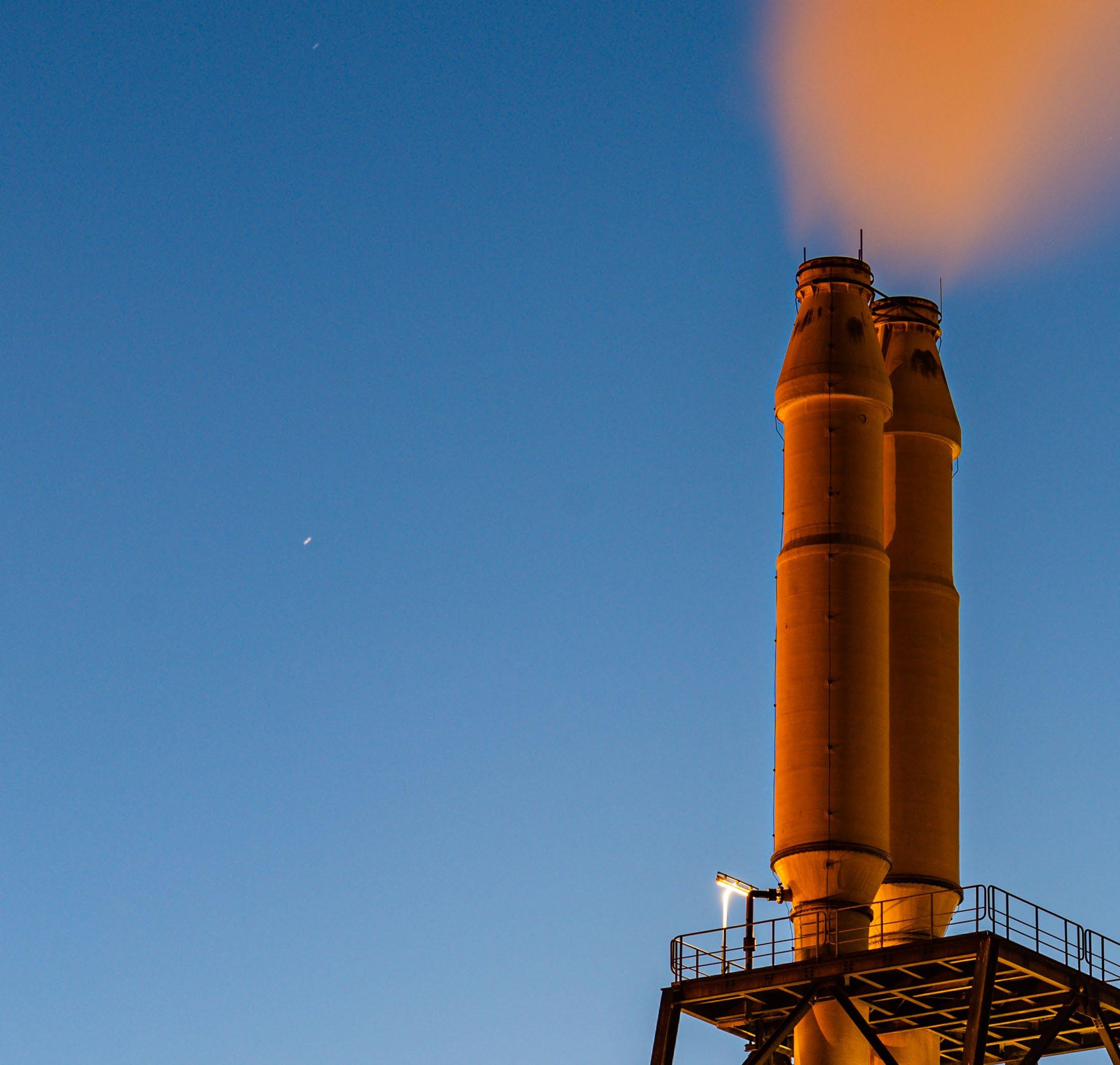
2 minute read
3.6. Incineration of contaminated waste
If waste is contaminated with organic pollutants, then it should go to hazardous waste incineration plants. Gasification and pyrolysis
The origin of this process was to burn wood and coal, but it has been adapted as a way of disposing of general waste. Waste material is exposed to high temperatures with little or no oxygen. When organic matter is heated, gases, oils and char are released. Plastic is pyrolyzed into a gas or oil creating a synthetic fuel. This is then burned in an oxygen-rich environment to generate energy. Inevitably, when mixed waste is burnt, polluting emissions are created. It is claimed that gasification and pyrolysis are less polluting than mass-burn incineration, but it still releases high levels of dioxin, mercury and other toxic pollutants4 . In addition to the cost of building, equipping and operating the gasification and pyrolysis sites, they also require significant energy to operate. There are questions about the environmental benefits, with critics presenting evidence that they use between five and 87 times more energy to create the synthetic fuel than can then be burnt5 . Cotton waste pyrolysis research project
Advertisement
An interesting research paper carried out pyrolysis of combed cotton waste6. Although not shredded unfit banknotes, it provides information useful for considering the environmental impact of disposing of banknote waste using this process. It found the highest liquid product efficiency occurred at 550 degrees centigrade using Na2CO3 as the catalyst. The liquid efficiency was 33.4%. The report says that pyrolysis generates less air emissions and non-leachable residues compared with conventional incineration. The properties of the product were analysed using high performance liquid chromatography. Furans (28%), ketones (25%), aldehydes (14%), less carboxylic acids (7%) and hydrocarbons (7%) were detected. It found that pyrolysis may be a useful way of waste management for energy and material recovery. Pyrolysis converts raw material to reactive products, three types of intermediate products that can be collected as fuel feedstocks. The calorific value of the waste used in the paper’s experiments had an average value of 24.18 MJ/kg, a valuer higher than wood, lignite, food and leather wastes. The calorific value of the liquid product obtained because of the pyrolysis was 11.49 MJ/kg, the solid product, char, was 31.73 MJ/kg, higher than that of coal, and the ash content remains were 2.57%. The paper found that the pyrolysis of one tonne of combed cotton waste cost approximately $1,225. The LPG used to burn the material accounted for 98% of this cost. 253 litres of liquid product can be produced from one tonne of combed cotton waste with a calorific value of 11.49 MJ/kg. This makes it suitable as a low-grade fuel without further refining. Alternatively, a better use might be the production of chemicals. The solid product can be used as fuel or as a raw material or additive material for a number of industrial activities, eg. medical, food, chemical industries, and for manufacturing products such as black packages, cables and house pipes. It can be used as dyestuff material in rubbers and to produce activated carbon, a support material for adsorbent and metal catalysts.






